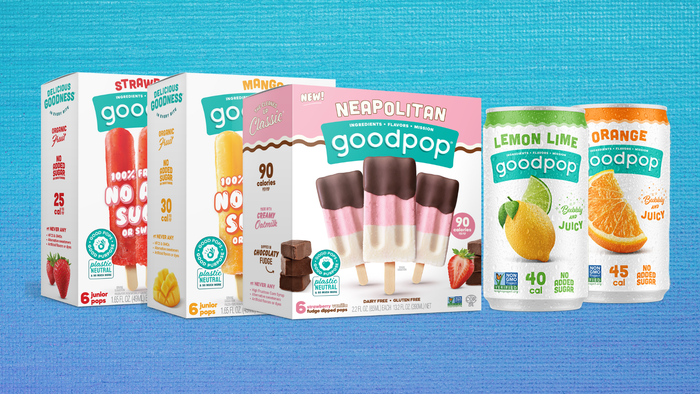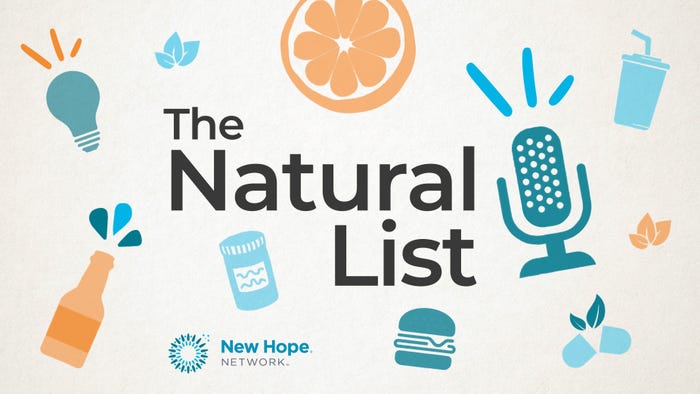Nanos in personal care: friend or foe?
November 5, 2010

Nanoparticles, those teeny tiny, less-than-100-nanometer microparticles, have sparked much controversy in recent years for their role in everything from food to packaging to personal care. Just as their extremely small size allows them to outperform and even carry out different tasks than their giant-by-comparison cousins, it may also make them more harmful to human health. But the jury remains out on whether the costs of nanoparticles outweigh the assets, or vice versa, and it becomes a matter of safe-till-proven-harmful versus harmful-till-proven-safe.
Just in terms of personal care, nanoparticles offer many benefits, most famously superior sunscreening ability. Why superior? As it was once explained to me, it's like if you toss a bunch of white marbles over one red tabletop and a bunch of white sand over another red tabletop. Now look at how much red is left showing on each table. Even though each marble is bigger than each grain of sand, the sand undoubtedly covers up more of its table than the marbles do theirs. Now pretend the tabletops are your skin, the marbles are a non-nano sunscreen and the sand is nano sunscreen. You get the picture: Nanos offer more coverage than larger particles.
Looks like this same principle might apply to deodorant, as scientists are now looking at nanos' ability to fight the funk. University of Florida researchers recently found that nano-sized silica particles coated with a nano-derived copper compound eliminated odor twice as effectively as the current industry-standard deodorizing formulation. This is because the larger surface area created by the nano silica gives the antibacterial, anti-odor copper more room to unleash its mad stench-squashing skills. Even though this research centered on household deodorants, experts expect the same results for the deodorant you stock in your personal care aisle.
So between heightened sunscreening and odor-fighting abilities, the benefits of nanoparticles certainly seem to abound in personal care. But what of their potential drawbacks?
Because of nanos' small size, they can permeate cell membranes more easily, find their way into previously safeguarded organs and systems and bioaccumulate in the body, as they can be too tiny for humans to excrete. They've also been shown to churn up cell-damaging free radicals and alter protein conformations. And then there's the whole question of what they might do to the environment: Research has shown that nanoparticles of titanium dioxide in sunscreen and cosmetics can zap the microbes needed to treat wastewater. To be sure, none of these results sound too sweet.
But overall, how do these consequences stack up against the benefits? Should people deny themselves the best sunscreen for fear of possible ramifications? Or is the UVA protection offered by mineral sunscreens good enough to make the nano-risk not worth taking? And with deodorant, is a little untamed stink such a bad thing if it spares exposure to a potential health hazard?
We may not have set-in-stone answers to these questions for years to come. In the meantime we can do our best to keep up on the science. And in educating ourselves, we can help consumers weigh the pros and cons to decide which approach works best for them.
About the Author(s)
You May Also Like




